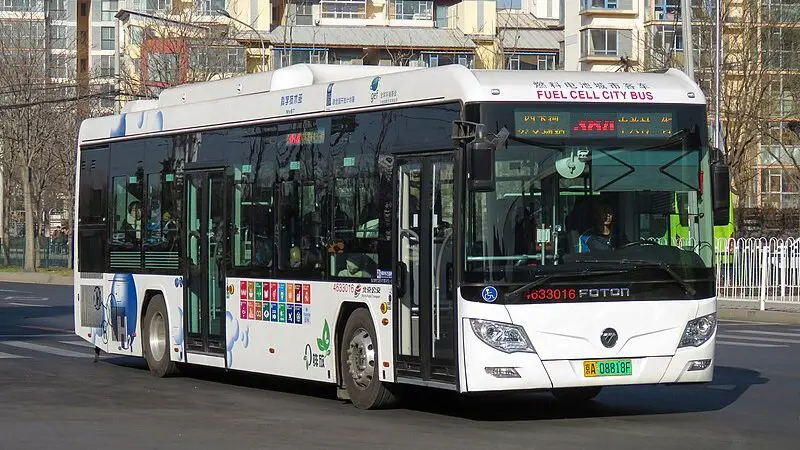The NSW Coalition government has unveiled $64 million of grants for two new green hydrogen electrolyser projects as part of a $1.5 billion plan to slash the cost of the technology, considered critical for some hard to abate sectors.
The two projects announced on Friday by state treasurer and energy minister Matt Kean are for a 10MW electrolyser at Port Kembla to produce green hydrogen for four refuelling stations and for up to 40 trucks and buses and other heavy vehicles.
The second project is for a 12MW electrolyser near Moree, which will be used in a project to convert green hydrogen and air captured hydrogen into green ammonia for use in local farms, including cotton and other crops.
Both projects have grander ambitions. BOC hopes to expand the Port Kembla facility into a 650MW electrolyser that could also supply steel, glass and cement producers and abate 716,514 tonnes of emissions by 2030.
Sundown’s Keith cotton farm near Moree aims to have up to 112MW of electrolyser capacity at its facility to abate nearly 300,000 tonnes of emissions.
Kean says the NSW government will provide another $1.5 billion in incentives to build more green hydrogen hubs, with the aim of driving the cost down by nearly half to an average $A2.80 a kilogram, where it needs to be to start challenging dirty fossil fuel hydrogen on costs, in the absence of a carbon price.
“Green hydrogen producers across NSW are now able to access $1.5 billion in concessions to reduce costs for large scale investment, including up to a 90 per cent reduction in their electricity network charges if they connect to parts of the grid with spare network capacity,” Kean said in a statement.
“These globally competitive incentives will attract investors and industry to establish their operations in NSW, driving decarbonisation in heavy industry and pushing down green hydrogen costs to reach our target of under $2.80 per kilo by 2030.”
Kean said the incentives were important to help Australia compete with the incentives offered under the US Inflation Reduction Act, which local companies have said could cause projects, capital and people to leave Australia and go to the US.
Kean says the NSW offering is powerful because it provides concessions well beyond 2030, while the US program finishes in 2032.
“Green hydrogen can help drive deep decarbonisation in hard-to-abate market segments within the transport, industrial and energy sectors which account for around 18 per cent of NSW’s annual emissions,” he said.
“Providing these hard-to-abate sectors with a pathway to zero emissions is crucial to safeguarding their NSW business operations and employees, and setting them up to thrive in a global low-carbon economy.”










